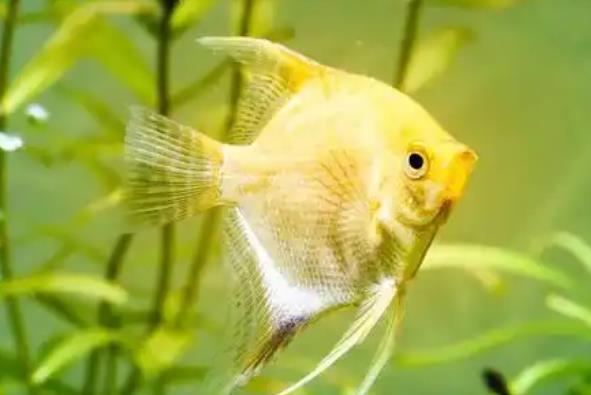The dietary preferences of angelfish include both plant-based and animal-based foods.
Angelfish mainly feed on various microorganisms, small fish, and shrimp. They also enjoy eating aquatic plants and waterweeds, such as Nuphar pumila, Nymphoides cristata, Oplismenus compositus, Pistia stratiotes, etc., as well as various types of algae, like Chlorella, Porphyra, Polygonum hydropiper, and grey algae. In addition, angelfish like to eat small invertebrates, such as Daphnia, Hydra, copepods, and the larvae of dragonflies.

Under artificial breeding conditions, there are diverse choices of angelfish feed. Common feeds include:
Brine shrimp: A high-protein bait suitable for the juvenile fish stage, which helps with rapid growth.
Bloodworms and mealworms: Suitable for smaller angelfish.
Earthworms, small fish, and shrimp: Suitable for larger angelfish.
Synthetic feeds: There are many brands of artificial feeds on the market, such as Tetra, YEE, etc. They are inexpensive and easy to store, and can meet the basic nutritional needs.
Freeze-dried feeds: Made from fresh fish, shrimp, insects, etc. through freeze-drying treatment, most of the nutritional components are retained. Discus fish have a relatively high acceptance of them.
Live baits: Such as brine shrimp, bloodworms, and tubifex worms. They are rich in protein and nutrients, which can promote growth and enhance coloration.
To ensure the health and beautiful body color of angelfish, it is recommended to feed a variety of foods, combining animal feeds, homemade burger feeds, and artificial feeds, and adjust according to the growth stage and specific needs of angelfish.
